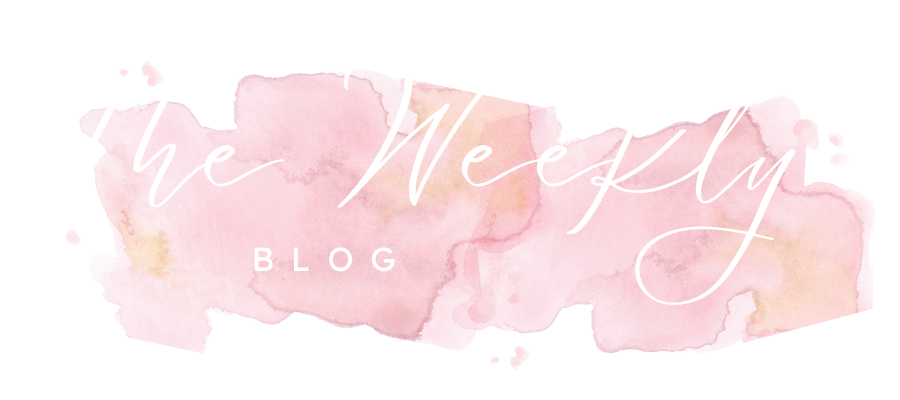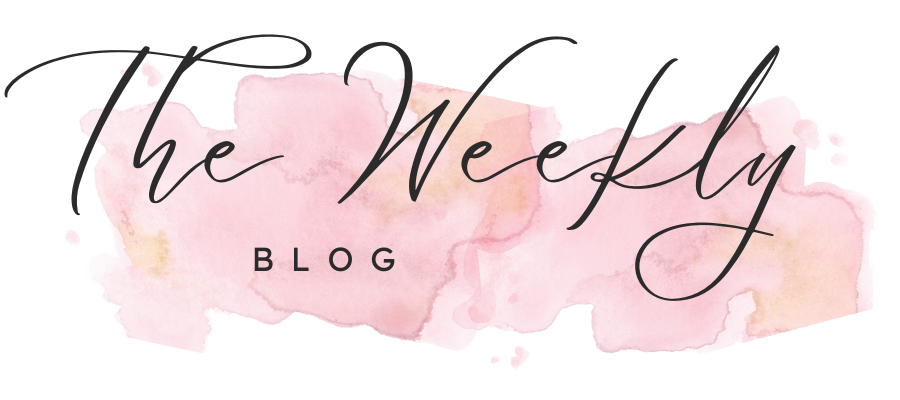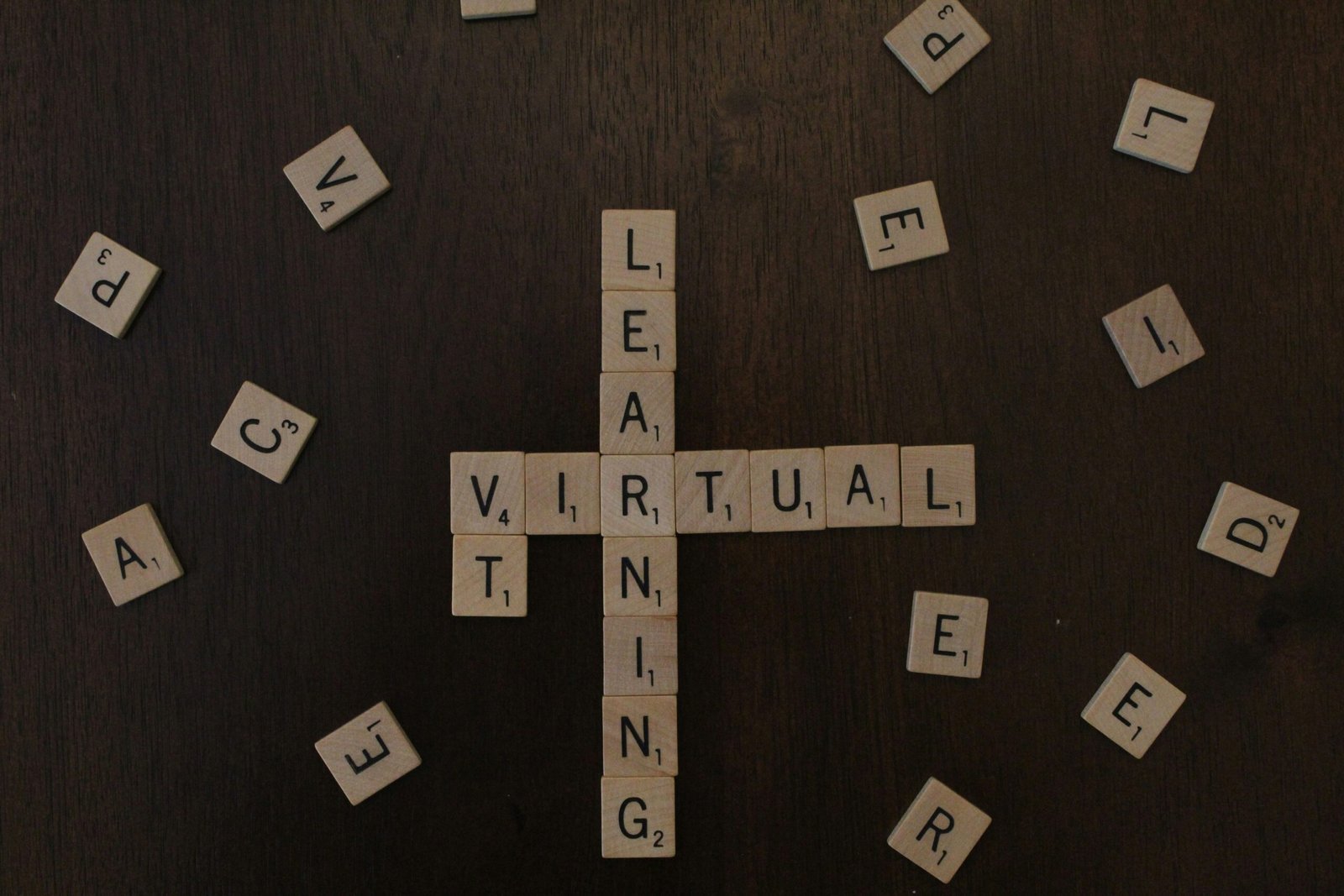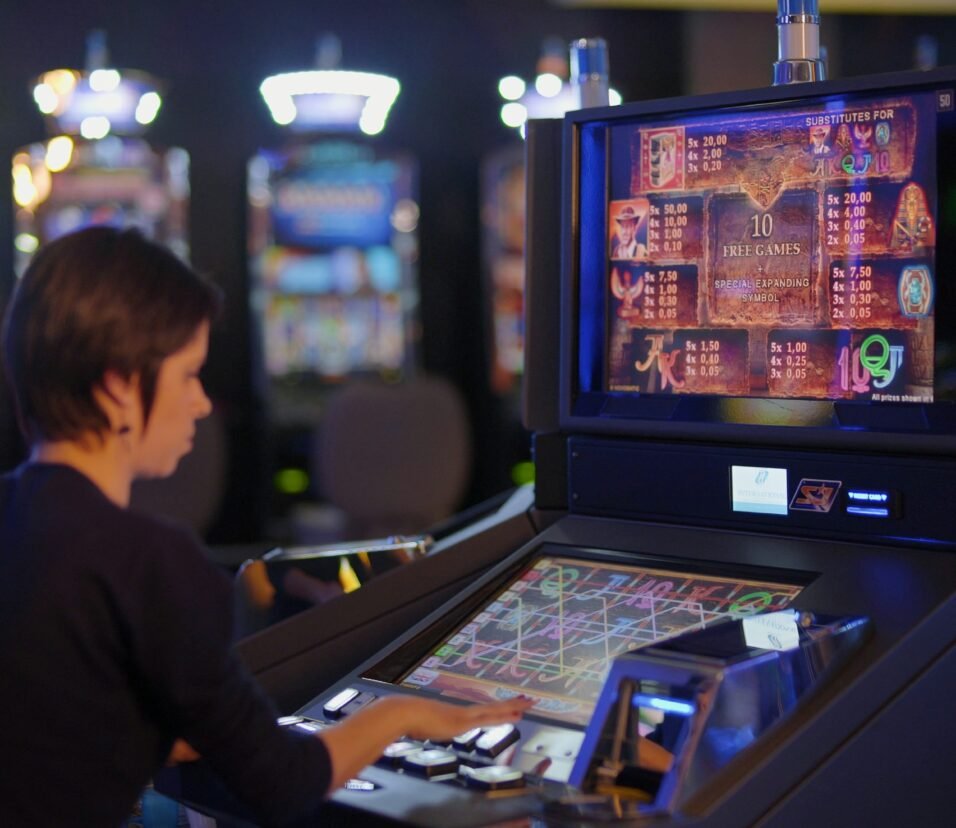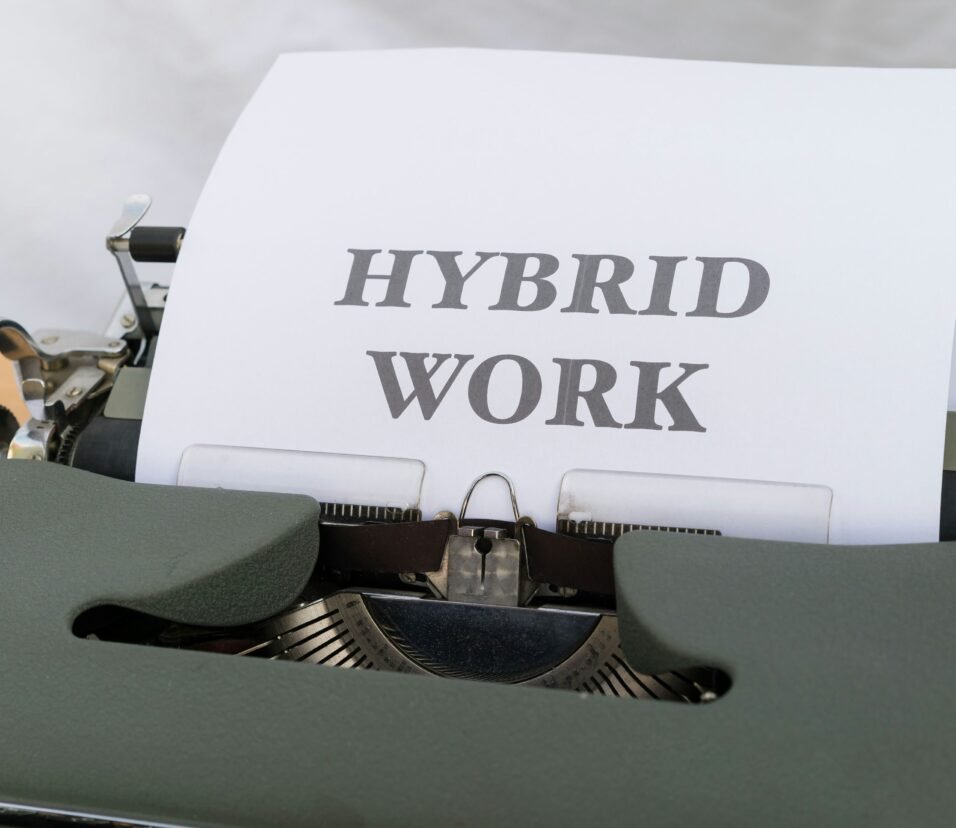Games
Virtual Economy Design: Monetizing Digital Ownership
From Fortnite skins to blockchain assets, digital goods are no longer just pixels—they’re properties. As virtual economies scale into billions, designing them well is no longer optional—it’s essential.
🧠 What Is a Virtual Economy?
A virtual economy is an economic system that exists entirely within a digital environment—typically a game, platform, or metaverse. It involves:
- Virtual goods (e.g., skins, weapons, land)
- Digital currencies (in-game coins or tokens)
- User-to-user marketplaces
- Platform-defined value systems
And in 2025, it also includes:
- NFTs and blockchain-based ownership
- AI-generated assets
- Creator royalties and smart contracts
📈 Why Virtual Economies Matter (in 2025)
| Impact Area | Why It’s Critical |
|---|---|
| 🎮 Game Design | Drives player motivation, engagement loops, and retention |
| 💰 Revenue | Direct monetization via digital goods, subscriptions, and royalties |
| 🏛️ Governance | Some economies allow users to vote on rules and inflation |
| 🌐 Cultural Relevance | Players associate identity and status with virtual goods |
| 🧑🎨 Creator Incentives | Enables creators to earn directly within the platform |
🛠️ Core Elements of a Virtual Economy
1. Digital Currencies
- Soft currency: Earned through gameplay (e.g., gold, XP)
- Hard currency: Purchased with real money (e.g., V-Bucks, Robux)
- Must balance grind vs spend dynamics
2. Virtual Goods
- Skins, pets, vehicles, emotes, land, buildings, blueprints
- Cosmetic vs functional value
- Scarcity and status play huge roles in pricing
3. Player-Driven Markets
- Tradeable goods and crafting systems
- Influenced by supply/demand, scarcity, and social trends
4. Ownership & Portability
- With blockchain, players can now own, sell, or transfer digital assets across games or wallets
5. Creator Economy
- Users build content (maps, skins, emotes)
- Monetized via tipping, royalties, or marketplace sales
🧩 Designing for Digital Ownership
✅ 1. Scarcity Must Be Real
- Artificial scarcity can backfire if abused
- Scarce items must have visible utility or status impact
✅ 2. Emotional Value > Functional Value
- The best-selling items (e.g., Fortnite skins) aren’t “pay-to-win”
- They express identity, nostalgia, or humor
✅ 3. Progression + Economy = Stickiness
- Link item unlocks or upgrades to time, effort, and social reputation
- Keep a healthy tension between earning and spending
✅ 4. Liquidity + Fair Exchange
- Peer-to-peer trading or resale must be secure and value-transparent
- Consider price floors, royalties, and anti-fraud mechanisms
✅ 5. Cross-Game Utility
- Skins that work in multiple titles or platforms (e.g., interoperable avatars) boost perceived value
💡 Examples of Great Virtual Economy Design
| Platform | Innovation |
|---|---|
| Fortnite | Seasonal battle passes, limited cosmetics, strong creator economy |
| Roblox | Millions of devs earning via UGC + tipping, avatar sales |
| CS:GO / Valorant | Tradable weapon skins with rarity, float value, and third-party resale markets |
| Zed Run / Sorare | Blockchain horse racing and fantasy sports with verifiable ownership |
| Decentraland / Sandbox | Player-owned land, storefronts, and DAO governance |
💸 Monetization Models
| Model | Description |
|---|---|
| 🎟️ Freemium | Free entry, monetized through skins/emotes/items |
| 📦 Loot Boxes / Gacha | Randomized rewards—legally sensitive in 2025 |
| 🛍️ Direct Purchases | Skins, land, and items with fixed pricing |
| 💳 Battle Passes | Tiered seasonal content, unlocks over time |
| 🔁 Subscription Models | Recurring premium access (e.g., Roblox Premium) |
| 🪙 Tokenized Goods | NFTs with resale, rental, and staking options |
| 👨🎨 Creator Royalties | Revenue shares from secondary sales of UGC items |
⚠️ Risks & Ethics in Virtual Economies
| Risk | Consideration |
|---|---|
| 💸 Over-Monetization | Can cause player fatigue, backlash, or regulatory scrutiny |
| 🎰 Gambling Mechanics | Randomized loot is increasingly regulated |
| 👶 Child Safety | Kids spending money or trading high-value items unsupervised |
| 🧑⚖️ Economic Inequality | “Whale” players dominate markets or power balance |
| 🔐 Security | Fraud, hacks, wallet phishing, and item scams |
Designers must balance profit with player trust—or risk long-term community damage.
🔮 The Future: Next-Gen Virtual Economies
- AI-Generated Goods
Players will use LLMs and genAI to create, mint, and sell personalized items. - Interoperable Assets
Your sword from one game might work in another (via open standards or NFTs). - Token-Gated Game Modes
Own an item or pass? Unlock special quests, maps, or storylines. - Dynamic Pricing Models
Items priced by in-world supply/demand, like real economies. - DAO-Governed Economies
Players vote on inflation, taxes, and item drops via token-based governance.

